1. Knocker-Upper

Before alarm clocks were widespread, a knocker-upper was a common profession. These individuals were hired to ensure people woke up on time for work, especially in industrial cities during the 18th and 19th centuries. Armed with a long stick, they would tap on windows to rouse sleepers, often making their rounds early in the morning. Their service was particularly popular in working-class neighborhoods, where reliable clockwork alarms were scarce.
The job became obsolete as technology advanced, and clockwork alarms became more affordable and effective. As more people gained access to affordable housing with built-in alarm systems, the need for a knocker-upper vanished. The rise of automation and modern scheduling made the profession redundant, though it remains a nostalgic part of industrial-era history.
2. Lamplighter
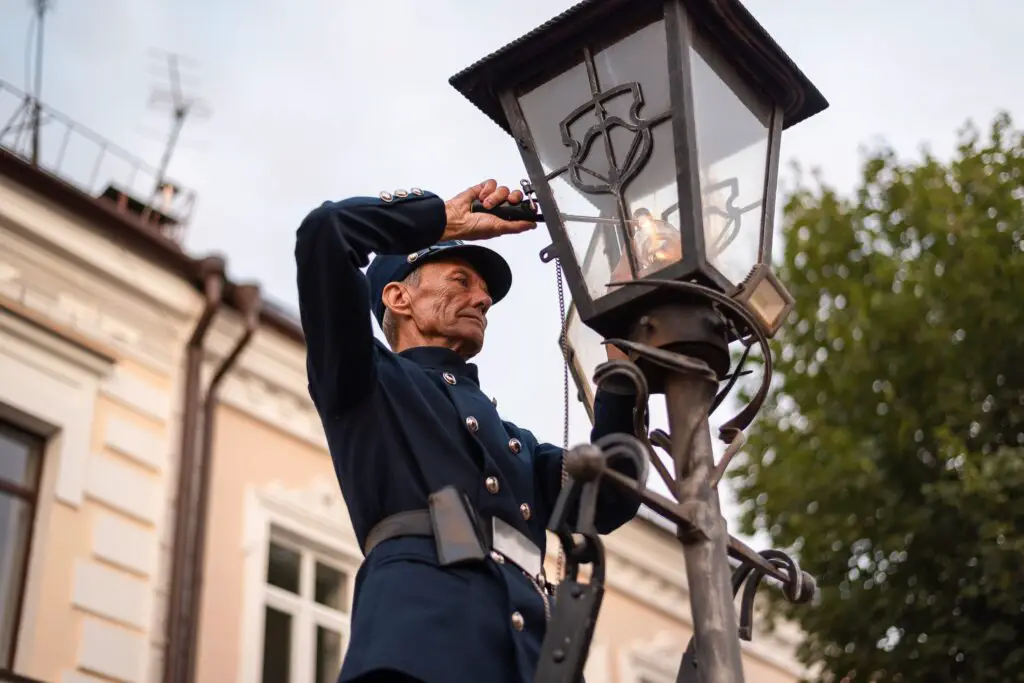
Before streetlights were powered by electricity, cities relied on lamplighters to manually light gas lamps at dusk and extinguish them at dawn. This profession was especially common in the 19th and early 20th centuries when urban areas expanded rapidly. Lamplighters would walk down city streets carrying a long pole with a hook at the end, reaching up to light the lamps with a match.
As electricity spread and electric lamps replaced gas lamps, the need for this job faded. With the dawn of electric street lighting in the early 20th century, lamplighters became a thing of the past. The job is now considered a historical relic of pre-electric city life.
3. Town Crier

In the days before newspapers and modern communication, town criers played an essential role in keeping people informed. These individuals would stand in public squares or on street corners and announce the latest news, proclamations, or royal decrees. Equipped with a bell, the crier would gather attention before delivering messages that ranged from official government notices to personal announcements like births and deaths.
The profession began to decline as newspapers took over the role of information dissemination. As printing presses became more widespread and accessible, town criers gradually became obsolete. Though the job is no longer common, some communities still keep the tradition alive during special events or celebrations.
4. Switchboard Operator

Before automated telephone systems took over, switchboard operators were responsible for connecting phone calls manually. They would sit at a large switchboard and physically plug wires into different jacks to complete calls, making the job a vital part of early telecommunications. This profession required a keen eye and quick reflexes, as operators handled multiple calls at once in bustling telephone exchanges.
The rise of automated telephone systems in the mid-20th century made switchboard operators obsolete. With direct dialing and computerized systems, the manual work of connecting calls was phased out. Despite the job’s disappearance, the impact of switchboard operators on communication systems is still felt today.
5. Ice Cutter
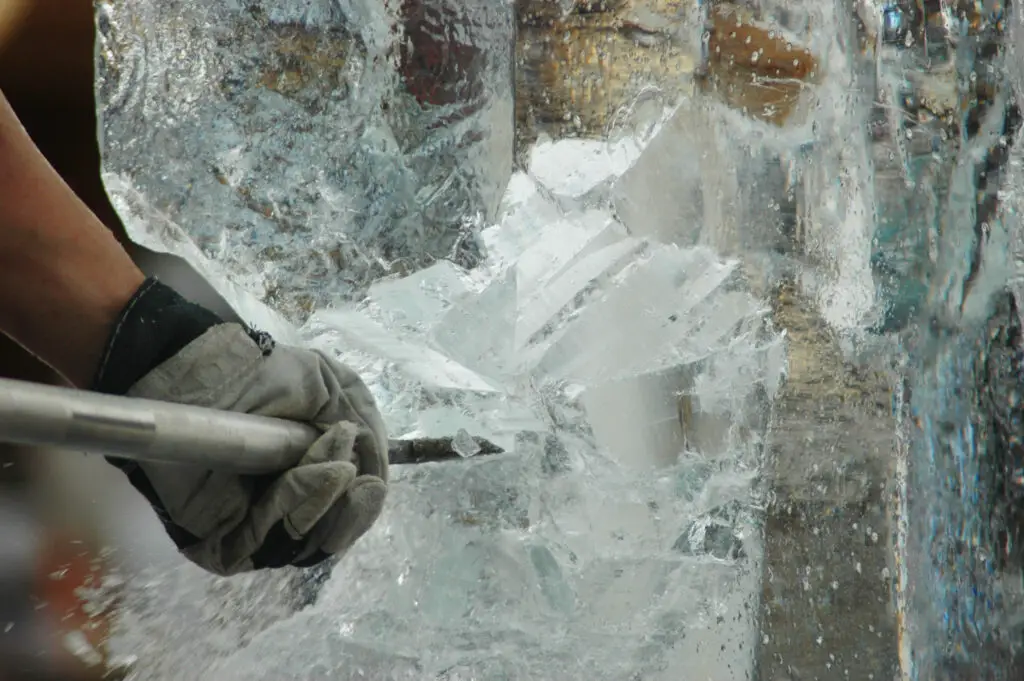
Before refrigeration technology became widespread, ice cutters were hired to harvest ice from frozen lakes and rivers. The ice would be stored in large ice houses and used to preserve food or cool drinks during warmer months. This seasonal job was essential for homes, businesses, and even early ice cream vendors who relied on natural ice to keep things cold.
With the advent of electric refrigerators and freezers, the need for ice cutters swiftly disappeared. These workers, who once braved freezing temperatures to harvest ice, were no longer needed as mechanical refrigeration took over. Ice cutting is now a rare skill, remembered only through historical records and vintage photographs.
6. Rat Catcher
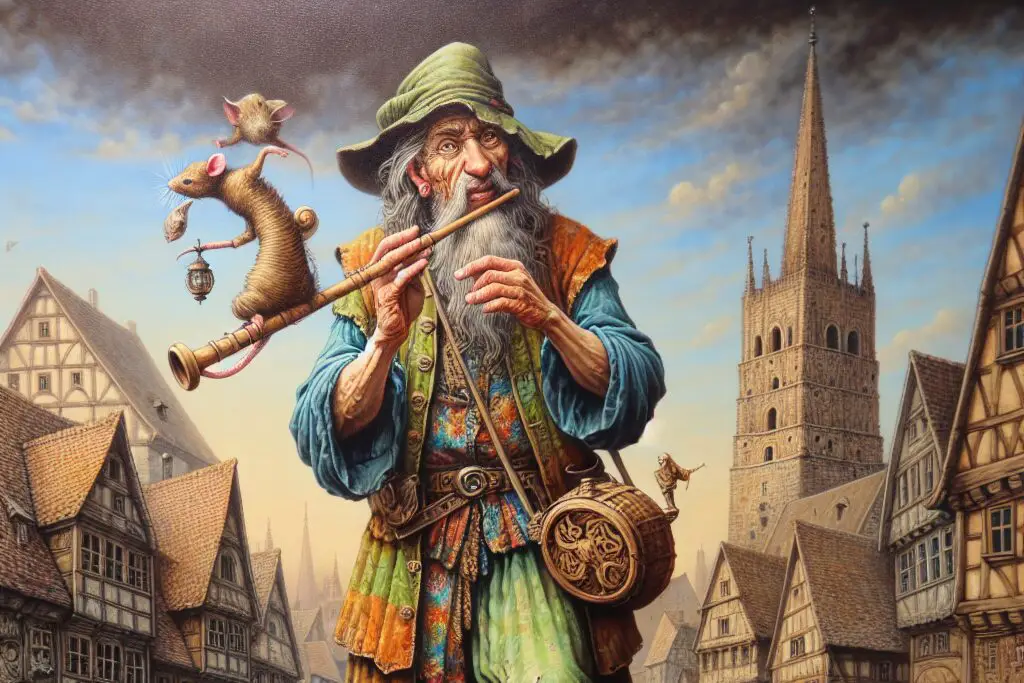
In the 17th and 18th centuries, rat catchers were employed in cities plagued by rodent infestations. These workers would trap or poison rats that carried diseases like the plague. The profession was often regarded as dirty and unpleasant, but it was necessary for keeping public health in check. Rat catchers sometimes even used trained animals, like dogs or ferrets, to catch rats in homes or businesses.
With the invention of modern pest control methods, including poisons, traps, and rodenticides, rat catchers have become obsolete. Today, pest control is a sanitized, high-tech industry, no longer requiring the specific expertise of a rat catcher. Though no longer a common job, the image of the rat catcher lives on in literature and folklore.
7. Typist
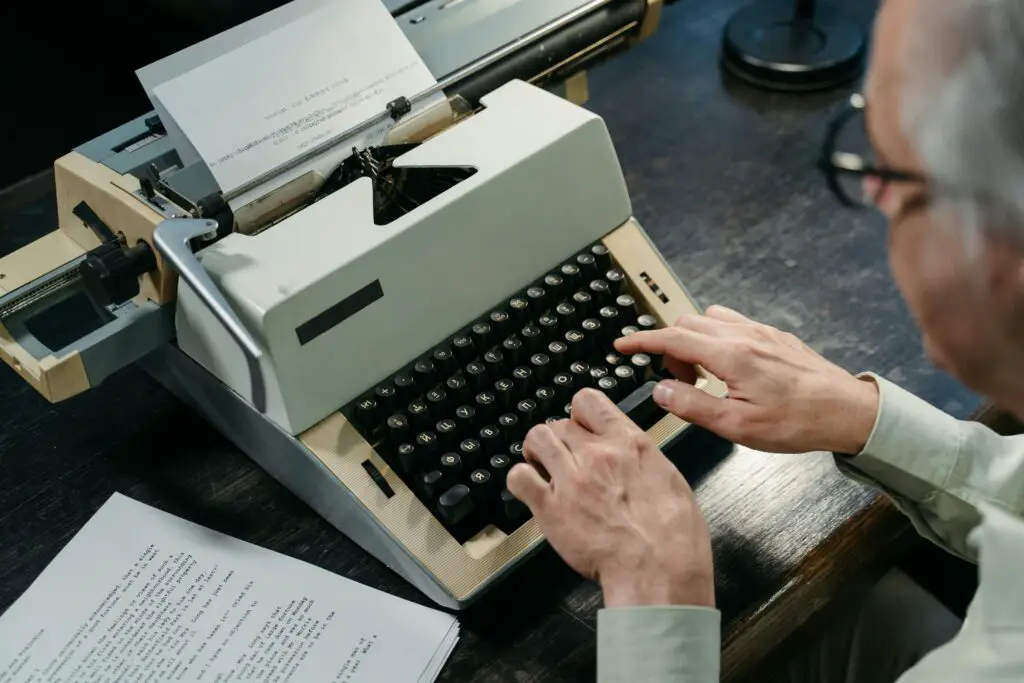
Before personal computers and word processors, typists were hired to create documents on typewriters. This role was critical in offices, law firms, and government agencies, where it was necessary to quickly transcribe handwritten notes into legible documents. Typists were skilled professionals who could type quickly and accurately, often managing large volumes of work.
With the rise of personal computers and digital word processing, the role of the typist became obsolete. Computers with automatic spell-check and speech-to-text software eliminated the need for manual typing. While typing skills are still important today, the job itself is no longer as common as it once was.
8. Blacksmith
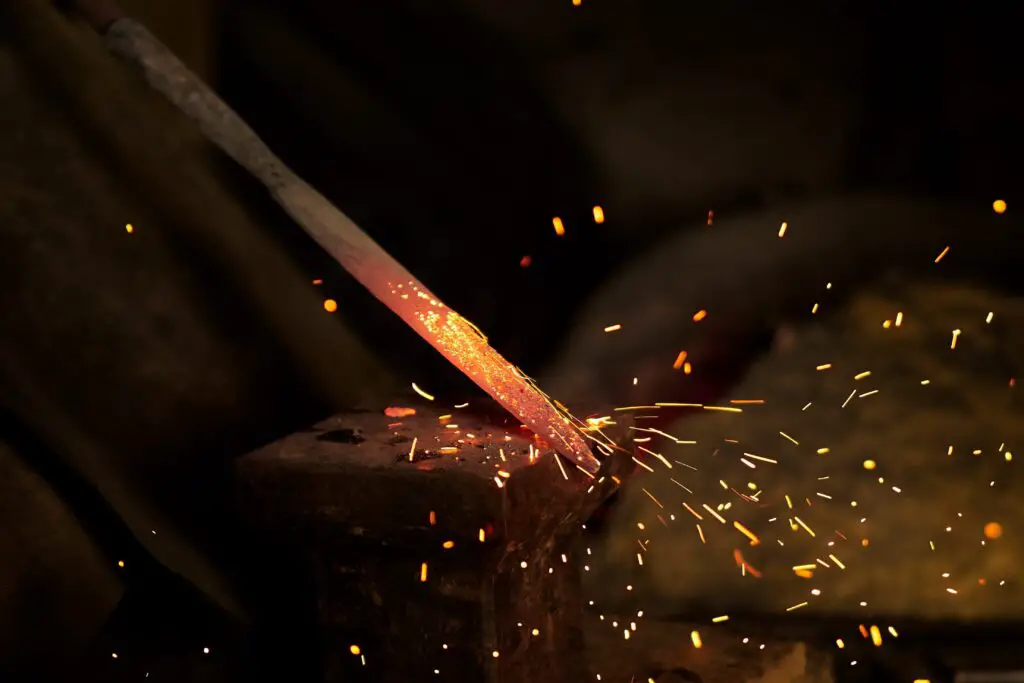
Before industrial machinery, blacksmiths were essential in forging metal tools, horseshoes, and weapons. They worked with iron and steel to create items needed for farming, transportation, and warfare. A blacksmith’s workshop was a hub of activity, with the constant rhythm of the hammer on metal ringing through small towns and cities.
The rise of industrialization and mass production rendered blacksmiths obsolete. Factories and assembly lines took over the production of tools and machinery, leaving blacksmiths with a dwindling clientele. While blacksmithing is still practiced today as a craft or hobby, the profession is no longer a staple of everyday life.
9. Coal Miner

Coal mining has been a significant industry for centuries, with workers extracting coal for fuel, heating, and industrial purposes. Miners often worked in dangerous conditions, digging deep into the earth with rudimentary tools. Coal mining jobs were common in places like Pennsylvania, West Virginia, and the United Kingdom during the 19th and early 20th centuries.
As alternative energy sources like oil, gas, and renewable energy became more widely used, coal mining began to decline. Environmental concerns, automation, and the phasing out of coal-powered plants led to the closure of many mines. While coal mining is still present in some regions, its role in the economy has drastically diminished.
10. Milkman

Once a familiar figure in neighborhoods across the country, the milkman was responsible for delivering fresh milk to homes on a regular basis. In many areas, milk deliveries began in the early 20th century and continued until the 1960s and 1970s. The milkman would deliver bottles of milk, often left on doorsteps or in insulated boxes, and sometimes other dairy products like butter and eggs.
The decline of the milkman profession came with the rise of supermarket chains, where people could easily buy milk and other groceries in one place. The advent of refrigeration also meant that milk could be stored longer, reducing the need for daily delivery. Today, while some boutique delivery services exist, the classic milkman has become largely extinct.
11. Spinning Jenny Operator

The Spinning Jenny was a multi-spindle spinning frame that revolutionized textile production during the Industrial Revolution. Workers, primarily women, were responsible for operating the machine, which dramatically increased yarn production in factories. Spinning Jenny operators were a vital part of the manufacturing process, especially in textile mills.
The automation of textile production eventually led to the obsolescence of Spinning Jenny operators. As industrial machinery became more advanced and efficient, the manual labor required to operate these machines was no longer necessary. Today, textile manufacturing is largely automated, with few people required to perform the tasks that once relied on human hands.
12. Tower of London Beefeater

The Beefeaters, or Yeoman Warders, were responsible for guarding the Tower of London and its prisoners. This role dates back to the Tudor period and was essential for both security and ceremonial duties. The Beefeaters became symbols of British history, often seen in their distinctive red and black uniforms, overseeing the Tower’s treasures, including the Crown Jewels.
While the role of Beefeater is still ceremonial today, it no longer involves the same duties it once did. The profession has been largely replaced by modern security measures, with technology taking over the task of safeguarding important sites. Today, Beefeaters are more associated with tours and public appearances than with actual security.
13. Chimney Sweep
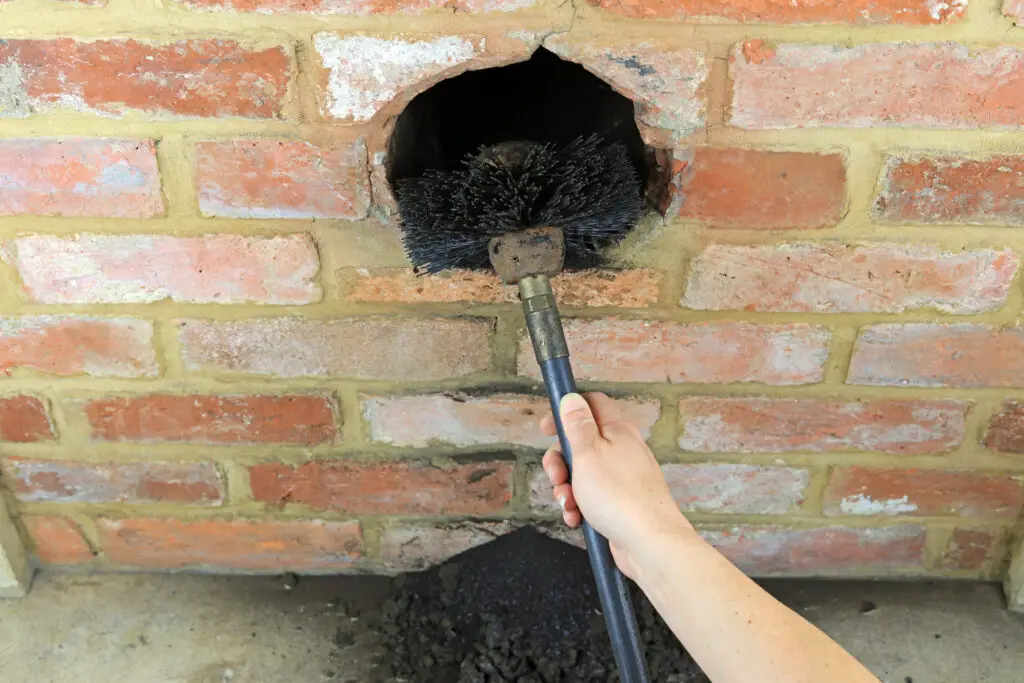
Once a common sight in urban neighborhoods, chimney sweeps were employed to clean chimneys, ensuring that smoke could safely exit homes and prevent fires. In the 19th century, young boys were often sent up chimneys to clear the soot, a dangerous and labor-intensive job. The work was dirty and physically demanding, but necessary in homes with coal-burning stoves and fireplaces.
The development of safer and more efficient heating systems made chimney sweeping unnecessary. With the introduction of gas and electric heating, chimneys became less common, and the profession all but disappeared. Though the job has mostly faded, some chimney sweeps continue to operate in areas with older homes or in the context of restoration.
14. Ice Cream Cart Vendor
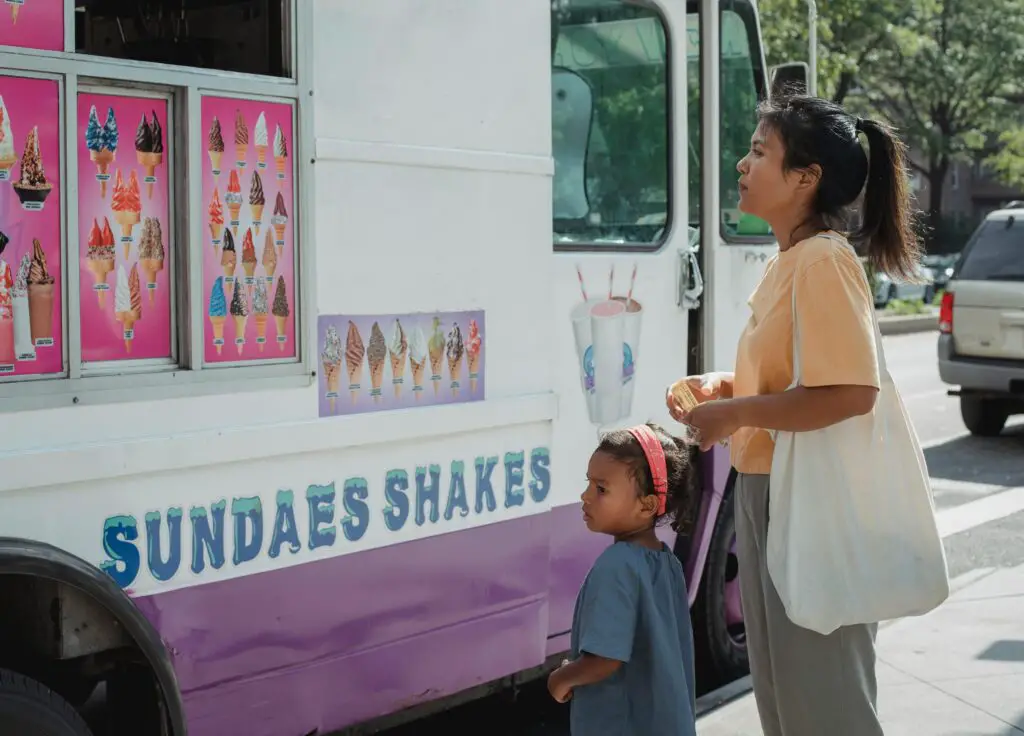
Before ice cream trucks became ubiquitous, ice cream cart vendors would travel neighborhoods selling ice cream from a cart they pushed or pulled. These vendors were especially common during summer months and often catered to children. The carts were typically outfitted with a variety of flavors, serving ice cream cones or dishes directly to customers on the street.
The rise of refrigerated trucks and larger, more organized ice cream sales brought an end to the ice cream cart vendor profession. Vendors could no longer compete with the convenience of trucks that offered more variety and better refrigeration. Today, the image of the ice cream cart vendor remains a nostalgic part of childhood memories.
15. Elevator Operator

In the early days of elevators, operators were essential for controlling the machinery and ensuring passengers were safely transported between floors. These workers would manually stop the elevator at each floor and control the doors, often acting as both a guide and safety monitor. The profession was common in hotels, department stores, and office buildings during the early to mid-20th century.
With the introduction of automatic elevators in the 1950s and 1960s, the need for elevator operators disappeared. Modern elevators are now designed to operate without human intervention, allowing passengers to control their own stops. Though the job is mostly gone, elevator operators were once a fixture of bustling city buildings and are fondly remembered in popular culture.
